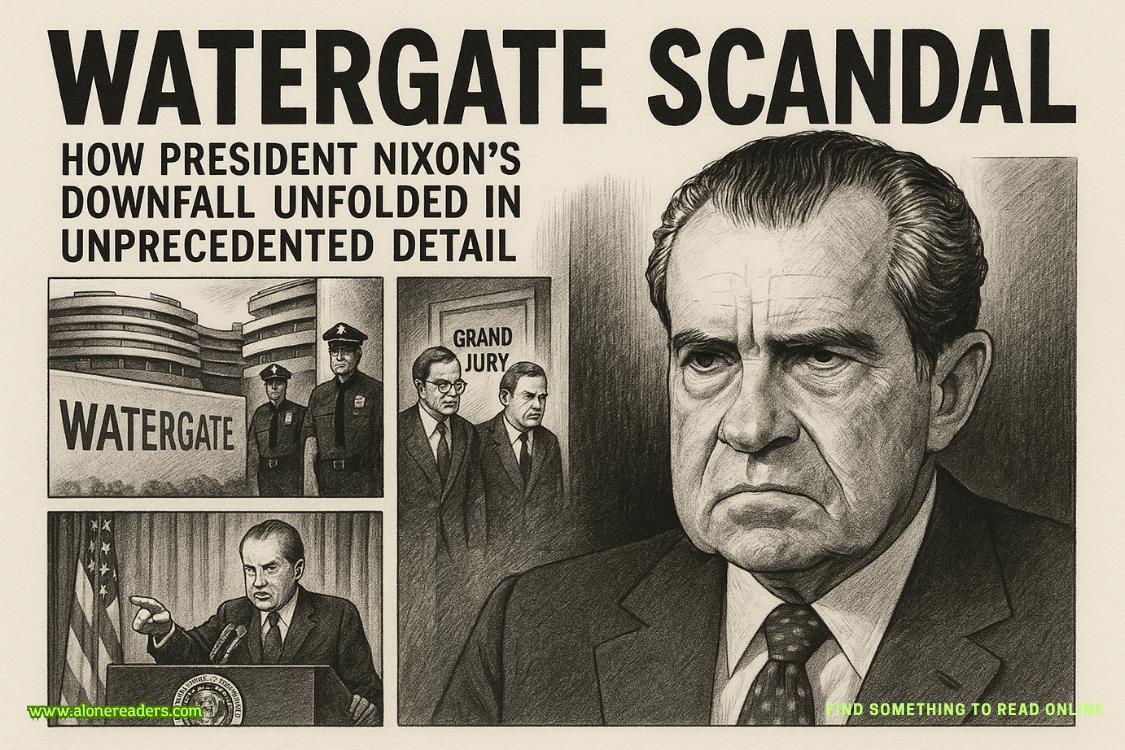Page 109 of The Cabinet of Dr. Leng
“He’s small, five foot four, very solid, and has a peculiar limp, a sort of hitch while lifting his right leg. It’s subtle, and he makes an effort to hide it, but you will see it if you look. He’s very good at blending into shadows.”
D’Agosta nodded.
“Remember: under no circumstances whatsoever are you to reveal yourself to Constance. If that happened, our entire mission here would be for naught. Constance believes herself to be free now, in control of her own destiny, without worrying about me or…our private relationship. If she learned I were here, meddling in her life—it would unhinge her.”
D’Agosta had seen Constance unhinged before, and he hoped never to see it again. “I understand.”
“When you close up the newsstand at five, remain behind its shutters and continue watching the house. If Munck appears and, unexpectedly, does more than simply reconnoiter—in the unlikely event, say, he tries to enter—stop him. You may have to kill him—otherwise he will kill you. He is a brutally evil man who takes pleasure in opening people up to watch their lifeblood flow into the gutter. By ridding the world of him you will be saving lives.”
D’Agosta swallowed.
“Can you do that, my friend? We will escape to our own time quickly enough, and you’ll not have to face the law.”
D’Agosta finally nodded. “What if Leng shows up instead?”
“He would not expose himself in such a fashion—he will want more intelligence about the house first.” Pendergast removed a heavy object from his coat and passed it over: a revolver. D’Agosta took it and tucked it away.
And then Pendergast turned and walked off with his paper, vanishing into the darkening winter evening, as D’Agosta resumed his long watch.
69
A.X. L. PENDERGASTpaused halfway down lower Manhattan’s Catherine Street, running his eye along the foul succession of grogshops, cheap lodging houses, and oyster cellars. The winter night was feebly illuminated by flickering gas lamps. A smell of rotten fish, urine, and boiling mutton permeated the air, and the noise was continuous: the clattering of hooves, the snatches of music from the taverns, the bellowing and singing of drunken sailors staggering along the street. From the waterfront two blocks away, he heard the clanging of a ship’s bell and the drawn-out reverberation of a steam whistle.
His attention finally settled at the far end of the block, specifically on a three-story brick building in the Gothic Revival style, streaked with soot. A small crowd was queueing up at an entrance, while a barker paced back and forth, crying out: “See the preserved body of the Ancient Mermaid of Mandalay!” Occasionally, he would alternate that invitation with another: “View the bones of the Countess de Brissac, executed by guillotine, and touch the blade that ended her life!”
Pendergast’s eye traveled upward to a wooden sign in gold letters that arched over the entrance, announcing the name of the establishment:
J.C. Shottum’s Cabinet
of
Natural Productions & Curiosities
Observations complete, Pendergast continued down the block and got into the queue filing into Shottum’s. He paid two pennies to a fat man in a greasy stovepipe hat and entered the building. He found himself in a large foyer, with a mammoth skull on one side and a badly stuffed Kodiak bear on the other. A miscellany of objects dominated the center, including a petrified log, a dinosaur thighbone, and a giant ammonite, crowded willy-nilly next to a totem pole and a meteorite.
Most of the crowd were streaming through the foyer to the entrance of the “Dinosaur Cyclorama,” which promised to put the viewer inside a 360-degree depiction of the “Savage Age of the Terrible Lizards.” The visitors to Shottum’s Cabinet, he noticed, were a mixture of young dandies in derby hats, working toughs, and longshoremen coming off work. To the left and right were doorways to further exhibits.
While he had, of course, never been inside this building—it had burned many decades before his birth—he had re-created it very carefully as an intellectual construct. He took a moment to inspect how the real thing compared to the Cabinet of his imagination and—where it differed—made a mental note for future consideration and refinement.
Then he moved across the hall to a doorway at the far end marked “The Gallery of Unnatural Monstrosities.” He slipped through the entrance into a dark passageway. This, he knew, was the oldest and least-visited part of Shottum’s Cabinet, its exhibits grown stale. He passed by a table displaying a sealed jar containing a human baby floating in yellow liquid, with two arms sticking out of its forehead. Beyond was a stuffed dog with a cat’s head sewn onto it. The exhibits were dusty and unkempt, and a faint smell of rot drifted through the air.
Moving swiftly down the dim passageway, he passed more grotesque exhibits in various alcoves—a giant rat from Sumatra; the alleged liver of a woolly mammoth found frozen in Siberia; a misshapen human skull labeled “The Rhinoceros Man of Cincinnati.” Several turns of the passageway brought him to the exhibit he was searching for. In a dead-end alcove big enough for only one person stood a glass case containing a desiccated human head, tongue still protruding from its mouth, with an identifying placard.
The Head of the Notorious Murderer and
Robber Wilson One-Handed
Hung by the Neck Until Dead
Dakota Territory July 4 1868
Next to it was another item, labeled:
The Noose from Which He Swung
and beside that:
The Forearm Stump and Hook of















